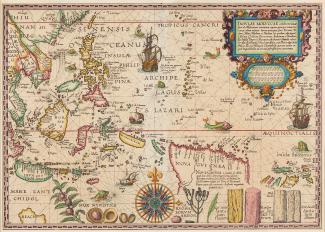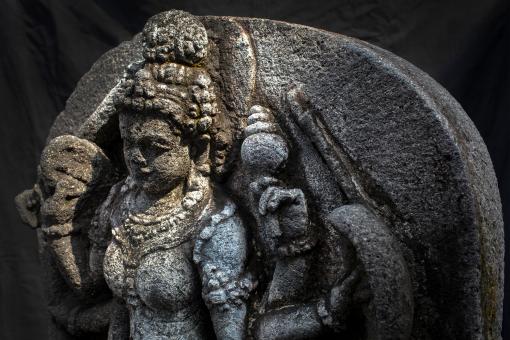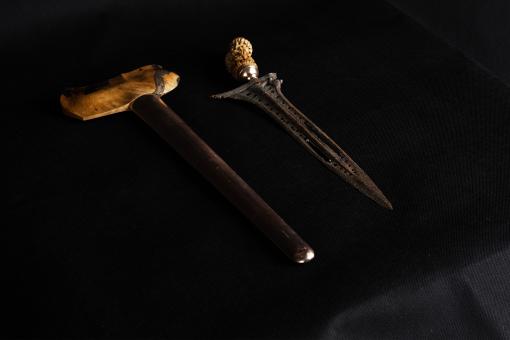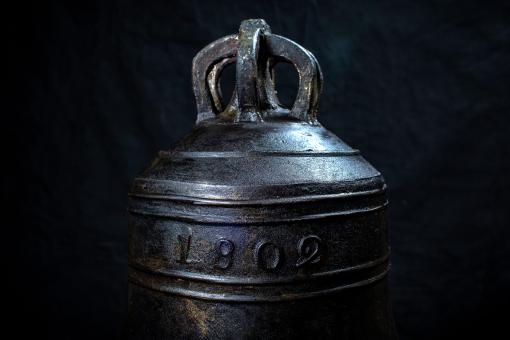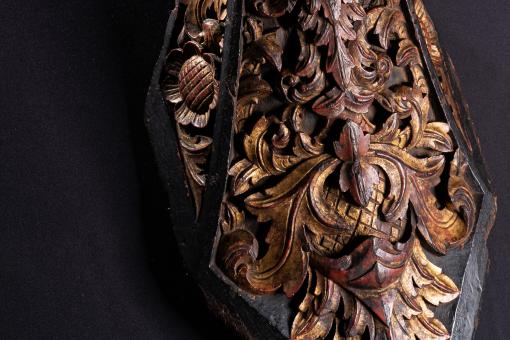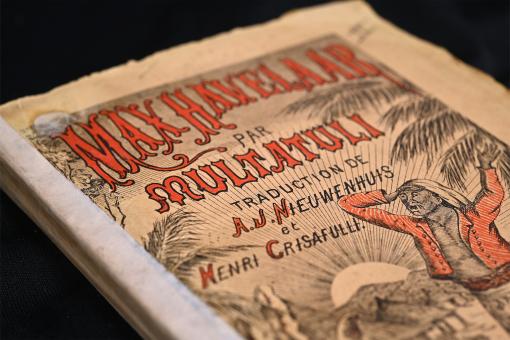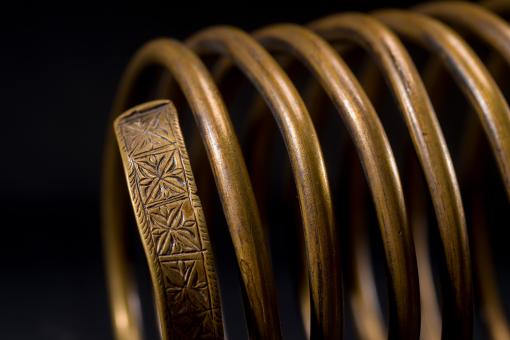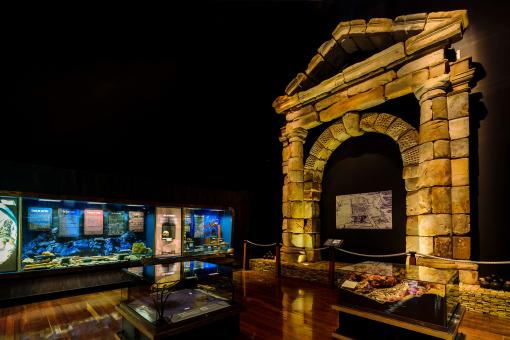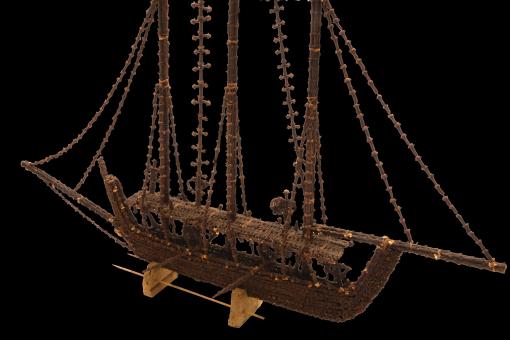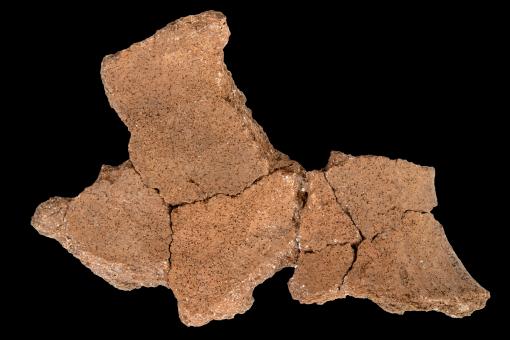Museums often served the interests of colonialism through the classification and display of people, objects and practices in ways that reinforced colonial power. In national museums the empire was on display, justifying colonial exploitation. The legacies of colonialism did not end with the political processes directed toward ending colonial rule that started during the second half of the 20th century. Ongoing inequality, racism and discrimination, the aftermath of colonialism, stimulate resistance, from pursuit of Indigenous land rights to Black Lives Matter protests. In recent times, museums have been challenging themselves and being challenged to acknowledge their role in the history of colonialism and how this continues to influence their work into the present. Decolonising museum practice means significant changes that go beyond the important process of giving back stolen objects to source communities. This may vary depending on local contexts, but involves working with communities who have been previously excluded, marginalised or misrepresented to build relationships. It can include expanding perspectives on who is represented, who has control over that representation, and acknowledging different types of knowledge than traditional Western science. For example, the National Museum of Indonesia worked with local communities to reinterpret the Tumbuk bracelet collected on a colonial military expedition in Aceh by the Dutch. From a colonial trophy, the bracelet now tells a story of disrupted social practices. A coffee grinder in the collection of the Museum Pedir in Aceh illustrates the changing place of coffee in Aceh society. The Dutch began cultivating coffee in the early 20th century, but the local Acehnese population were banned from growing or drinking it.
